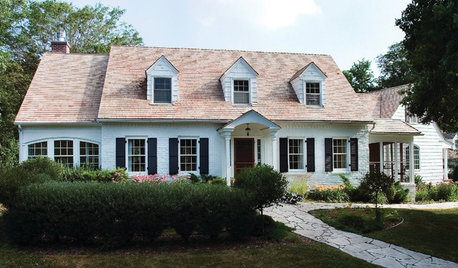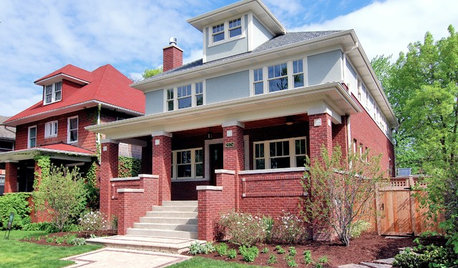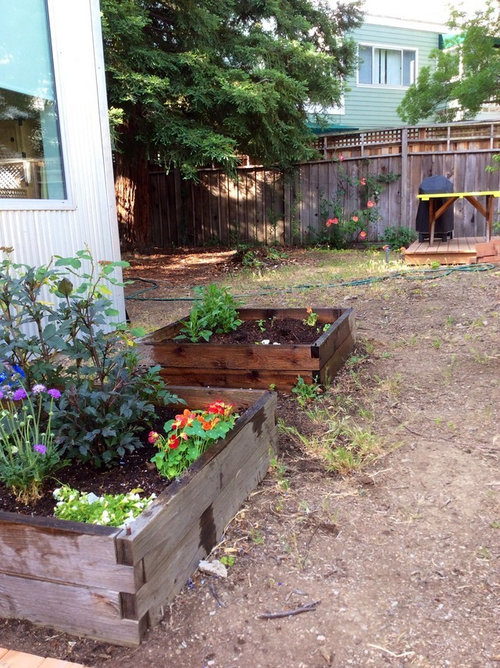Tree roots invading raised beds?
rathersmallbunny
9 years ago
Related Stories

SPRING GARDENINGInspiring Raised Beds for Fall and Spring Planting
Make Your Next Vegetable Garden Even Better with Beautiful Boxes and Paths
Full Story
FARM YOUR YARDHow to Build a Raised Bed for Your Veggies and Plants
Whether you’re farming your parking strip or beautifying your backyard, a planting box you make yourself can come in mighty handy
Full Story
GARDENING GUIDES8 Materials for Raised Garden Beds
Get the dirt on classic and new options for raised vegetable and plant beds, to get the most from your year-round garden
Full Story
TRADITIONAL ARCHITECTURERoots of Style: Georgian Homes Offer Familiarity Through the Ages
Americans have been embracing this interpretation of classical architecture since the 1700s. Does your home show off any Georgian details?
Full Story
ARCHITECTURERoots of Style: The Eclectic American Foursquare
The turn-of-the-20th-century style transitioned U.S. residential architecture from the Victorian era to the modern age
Full Story
FEEL-GOOD HOMERejuvenate Your Home With Deep-Rooted Traditions
Give the subtle energies and spiritual side of your home some attention, and watch newfound calm and beauty blossom
Full Story
LANDSCAPE DESIGNPretty Trees for Patios, Paths and Other Tight Spots
Choose trees for their size, shape and rate of growth — or shape them to fit your space. Here's how to get started
Full Story
GARDENING GUIDESWhen and How to Plant a Tree, and Why You Should
Trees add beauty while benefiting the environment. Learn the right way to plant one
Full Story
SIDE YARD IDEASNarrow Trees for Tight Garden Spaces
Boost interest in a side yard or another space-challenged area with the fragrance and color of these columnar trees
Full Story
GARDENING GUIDES5 Best-Behaved Trees to Grace a Patio
Big enough for shade but small enough for easy care, these amiable trees mind their manners in a modest outdoor space
Full StoryMore Discussions









roseseek
Kippy
Related Professionals
Baltimore Landscape Architects & Landscape Designers · Beavercreek Landscape Architects & Landscape Designers · Elwood Landscape Architects & Landscape Designers · Euclid Landscape Contractors · Firestone Landscape Contractors · Oxnard Landscape Contractors · Plainview Landscape Contractors · Tigard Landscape Contractors · Sun Valley Landscape Contractors · Rowlett Swimming Pool Builders · Eau Claire Siding & Exteriors · Millburn Siding & Exteriors · Providence Siding & Exteriors · San Jacinto Siding & Exteriors · Brookfield Siding & Exteriorsfogrose
toolbelt68
roseseek
rathersmallbunnyOriginal Author